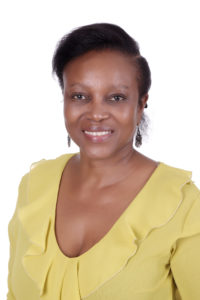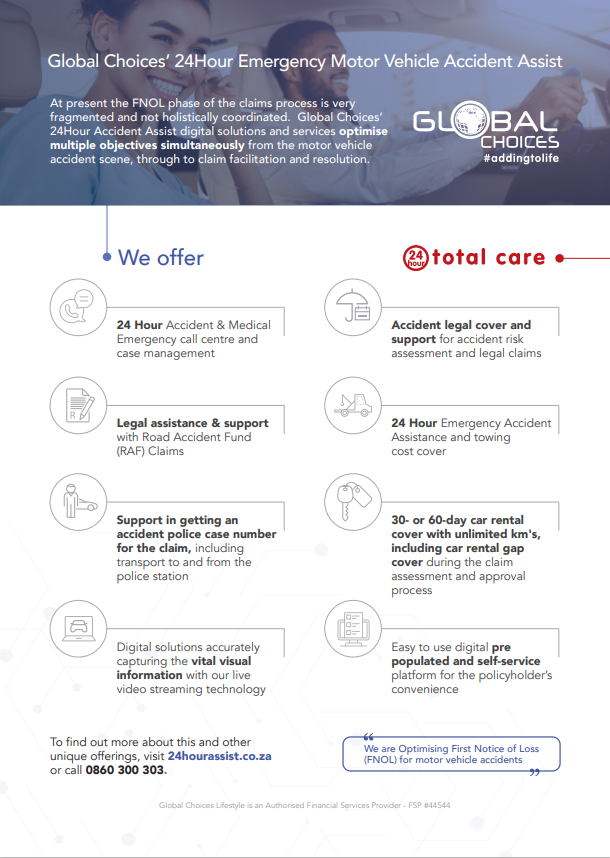Lerato Mosiah, CEO of the Health Funders Association (HFA)

Members of Health Squared Medical Scheme face an uncertain future after it came to light that their scheme’s reserve levels had dropped to just over 2% by the end of July 2022 (well below the minimum statutory requirement of 25%), and the Health Squared Board of Trustees had applied for voluntary liquidation.
But before the High Court ruled on the liquidation application, the scheme was placed under provisional curatorship by the Council for Medical Schemes (CMS). While the High Court ordered the scheme to continue to provide cover to its members with life-threatening conditions until the end of September, members find themselves having to seek alternative medical scheme cover, which may be subject to various underwriting requirements.
Although the failure of medical schemes is a rare occurrence, the Health Squared scenario highlights the importance of medical scheme financial soundness, both in the short and long term.
It also raises questions as to how scheme members would know if their medical scheme was in financial trouble, and how members can go about selecting a scheme that will be there for them when they need healthcare funding support the most.
Lerato Mosiah, CEO of the Health Funders Association (HFA), says that by law, a medical scheme must – at all times – hold reserves of at least 25% of its annual contributions.
“These reserves aim to protect members’ interests by ensuring the continued operation of the medical scheme and to ensure it is able to pay claims in the event of unforeseen circumstances”.
As would have been the case for Health Squared, which reportedly suffered from high claims associated with COVID-19, these required reserves also act as a ‘buffer’ when the usual monthly contributions no longer cover the scheme’s liabilities.
However, Mosiah says that, depending on other risk factors, warnings should sound when reserve levels fall below 25% as this could be an indication that the scheme may be in financial trouble and may not be able to pay claims in the longer term.
In the case of Health Squared, the scheme was already running at a deficit in 2019 and its solvency level had dropped to 15.4% (according to the CMS annual report) and so there were red flags even before the increased volatility brought on by COVID-19.
Apart from reserves, there are several other indicators that members can check to get a good sense of the financial health and stability of their scheme.
Ideally, schemes should be growing and not shrinking, although this is a challenge in these economic times and so comparative growth or shrinkage across medical schemes may be a valuable measure.
The age profile of the medical scheme is an indicator of risk profile and an important measure as medical schemes are required to manage their risk without being permitted to price according to age or health status at an individual or member level.
At the end of 2019, Health Squared already had the highest average age across all registered open medical schemes with almost 26% of beneficiaries older than 65, further exacerbating the risk position.
Schemes also invest their member funds to obtain returns on these funds, and positive investment returns add to a scheme’s healthy financial position.
Finally, schemes, as non-profit organisations, price their contributions to be close to break even, while allowing for changes in membership, healthcare inflation and solvency requirements. A scheme’s record in this regard indicates good financial management and sound actuarial practices.
Mosiah says that the scheme’s annual general meeting is a good opportunity for members to ask questions about the scheme’s financial and other results, which can also be found in their annual reports.
“The Trustees are responsible for making sure that the scheme is run in accordance with its rules and the Medical Schemes Act, which includes safeguarding the scheme reserves”, says Mosiah.
She adds that the Council for Medical Schemes has the ultimate responsibility for making sure that schemes abide by all applicable legislation and must ensure that schemes maintain reserve levels, in the interest of protecting members.
Schemes must keep the CMS up to date with periodic reports detailing, amongst other aspects, their financial soundness and risk profile. This should enable the Council to act and take appropriate measures before a medical scheme runs into trouble – in order to protect the members of that scheme and the industry as a whole.”
“Regulations are there to protect all medical scheme members,” says Mosiah.
“The failure of any medical scheme has a knock-on effect on other schemes since higher risk members then require cover without any transfer of reserves which ultimately increases the burden on other scheme members”.
The HFA has been an active participant in discussions on regulatory reform for medical schemes, particularly since the publication of the Health Market Inquiry (HMI) Report in 2019.
The HMI recommended a risk adjustment mechanism for medical schemes as an important component of the social solidarity approach to regulation, which would have been beneficial to a scheme like Health Squared.
Further, the implementation of a risk-based capital solvency requirement as set out in the CMS discussion document in 2015 would have more effectively flagged the risk of declining solvency and escalating risk.
The 2019 HMI report noted that: “The current solvency requirement [for medical schemes] is also out of line with other South African Prudential requirements: both long-term and short-term insurance environments have risk-based solvency frameworks in place”.
Mosiah notes that the COVID-19 period has been associated with high volatility in utilisation of health services and many medical schemes have accumulated reserves as a result of lower utilisation of other health services during the focus on COVID-19 treatment.
She notes that although overall solvency levels across medical schemes are on a sound footing, this should not lead to complacency as medical schemes need to ensure they remain financially sound as healthcare utilisation and claiming patterns return to normal.
“The HFA’s recommendation is that medical scheme members pay attention to the status, soundness, and sustainability of their medical scheme. A good way to do this is to discuss these indicators with their financial advisers, who should be up to date on those mentioned above,” says Mosiah.
“We all need to feel confident that when we need our medical cover, especially in the event of catastrophic health events, our scheme will be there for us.”


